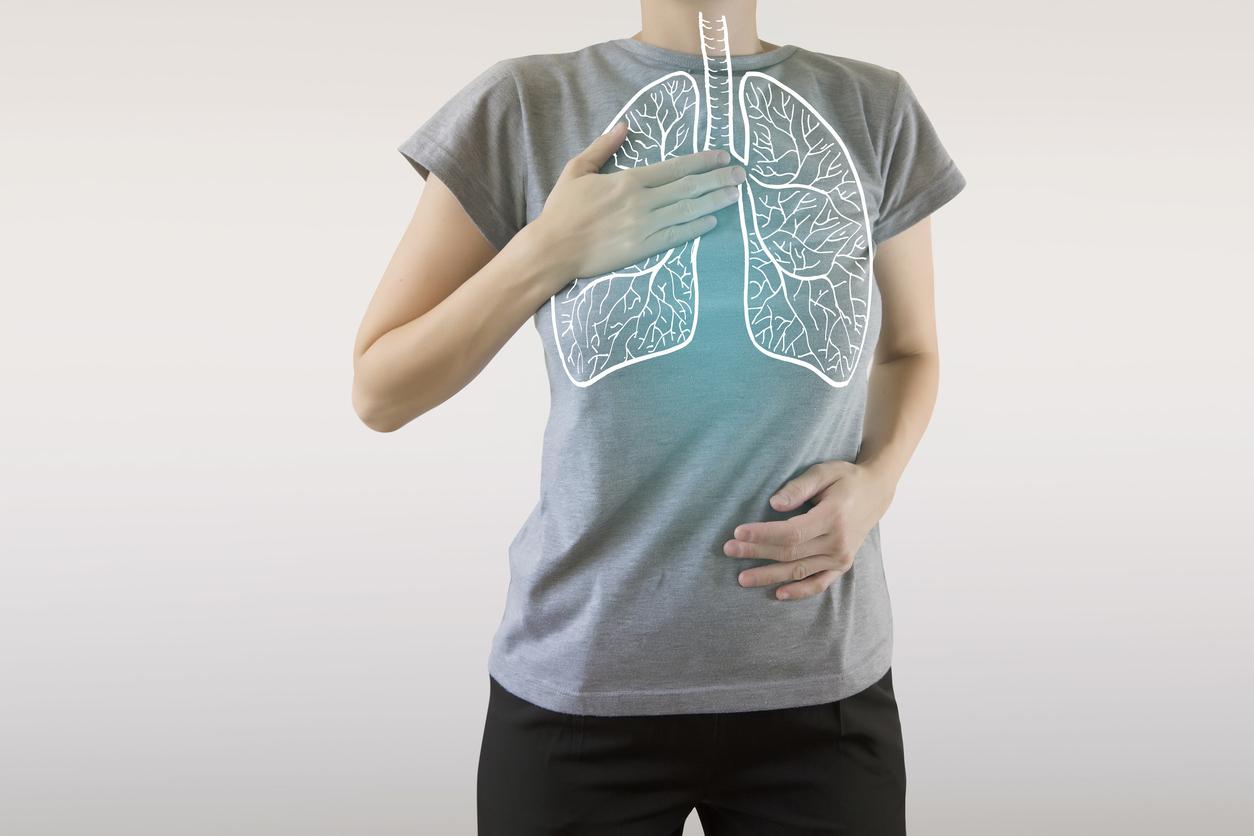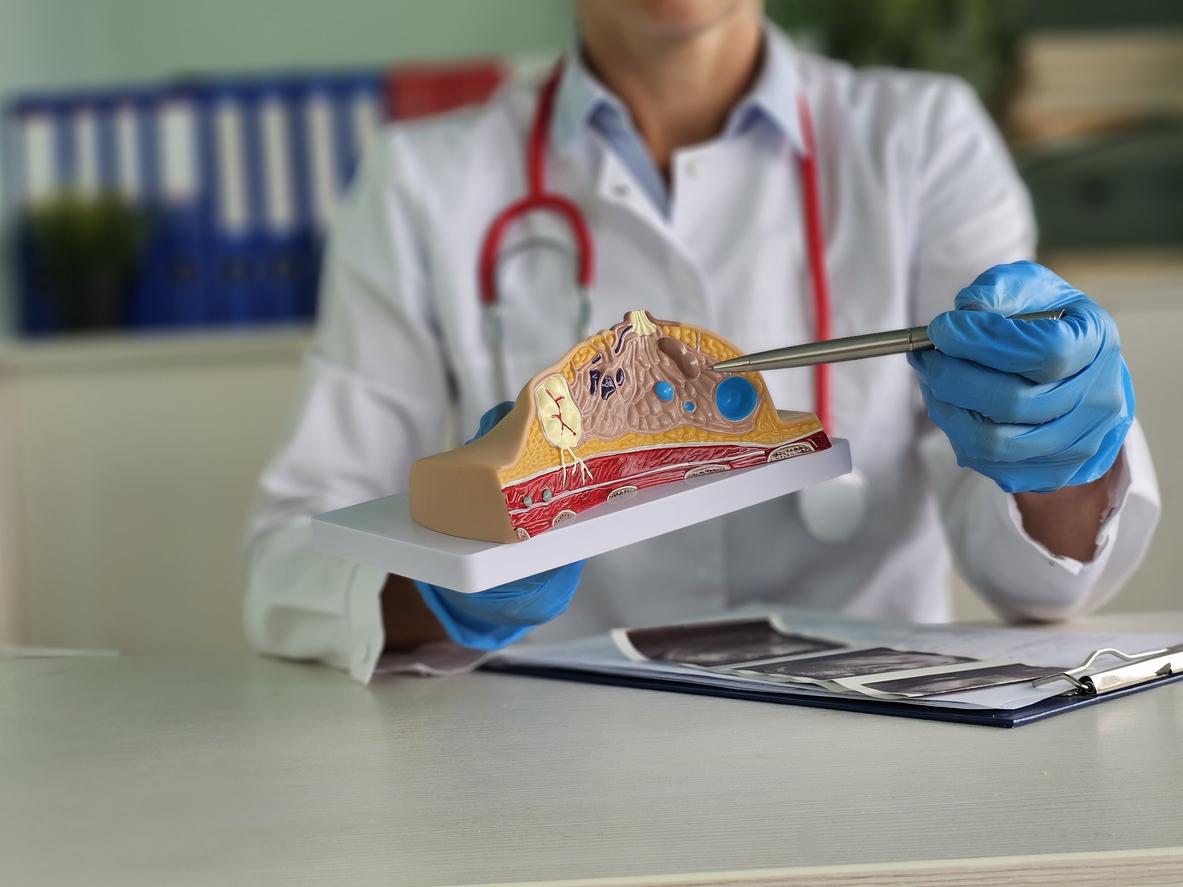Researchers have developed a sensor capable of detecting chemical clues of the presence of lung cancer in exhaled air.

- Exhaled breath contains chemical clues to the presence of diseases, such as lung cancer.
- Researchers noticed that people with lung cancer exhaled lower levels of isoprene.
- They have developed a sensor capable of detecting this variation. The first tests are promising.
The air we breathe out contains oxygen, water vapor and carbon dioxide (CO2), but also other compounds that can provide information about what is happening in our bodies.
By precisely studying the composition of exhaled air, Chinese researchers noticed that it was different in lung cancer patients and they developed sensors to detect these changes. This could make it possible to identify the disease without invasive testing.
Lung cancer: it can be detected by analyzing exhaled air
Scientists analyzed the breaths of healthy people and others with lung cancer. They noticed that a decrease in an expired chemical called isoprene could indicate the presence of a malignant lung tumor. However, the latter is particularly light and difficult to measure.
The team therefore decided to develop sensors capable of differentiating isoprene from other volatile chemicals present in exhaled air and of perceiving these variations. Inspired by the elements it contains – platinum (Pt), indium (In) and nickel (Ni), the device was named Pt@InNiOx. It manages to spot isoprene levels detected as low as 2 ppb. “A sensitivity which far exceeded previous sensors”, specify the researchers in their press release.

Lung cancer: towards a non-invasive diagnosis?
To evaluate the effectiveness of the sensor presented in the review ACS Sensorsthe team put it in contact with the breathed air of 13 people, five of whom had lung cancer. He managed to distinguish sick participants from healthy ones. Isoprene levels were less than 40 ppb among the group with the disease while they were more than 60 ppb among participants without cancer.
These first promising results lead scientists to believe that their sensor could be an effective screening tool. “This detection technology could provide a breakthrough in non-invasive lung cancer screening and has the potential to improve outcomes and even save lives.”they conclude. However, additional testing is necessary before use in the general public.

















